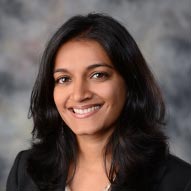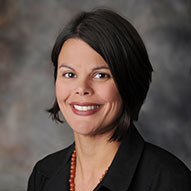Dallas
214-456-2857
Fax: 214-456-5406
Childhood interstitial lung disease (chILD) is the blanket term for several rare disorders that affect children’s lungs. Currently, there are no known cures for chILD.
Childhood interstitial lung disease (chILD) is a group of rare conditions that affects infants, children and adolescents. The different types of chILD have one thing in common — they all decrease the oxygen supply to a child’s body. chILD is so unusual that researchers don’t know how many children have each of its many types.
Because symptoms can be the same as other more common conditions such as asthma or cystic fibrosis, your doctor will rule those out before diagnosing chILD. More common symptoms of chILD include
Childhood interstitial lung disease can be difficult to diagnose. If your child has severe, frequent breathing problems or has had severe lung infections or serious lung problems, consult a pulmonologist. A pediatric pulmonologist (a doctor who specializes in childhood lung disorders) can help rule out other, more common, ailments.
Your doctor will begin her diagnosis by asking about your child's medical history. Questions may include:
Because no single test can diagnose any one type of chILD, your doctor may perform one or more of the following:
Because the conditions that make up chILD are so rare and research has been limited, there are few treatment options available. Often, treatments are what doctors believe has worked in similar cases. Certain types of chILD, such as neuroendocrine cell hyperplasia of infancy, may even improve on their own.
Today, treatments for chILD range from supportive therapies to lung transplants. Some medications can help certain patients as well.
Supportive therapies are treatments to help relieve symptoms and improve your child’s quality of life. They include
Corticosteroids can help reduce lung inflammation in children with chILD. Other medications such as antimicrobials can treat lung infections. Acid-blocking medicines can help kids with acid reflux avoid aspiration as well.
Children with severe chILD may need a lung transplant if other treatments haven't worked.
Lung transplants are the only effective treatment for certain types of chILD. Those include alveolar capillary dysplasia and some surfactant dysfunction mutations.










Interstitial comes from the word interstitium, which is tissue that connects air sacs in the lungs to blood vessels. Changes to the interstitium such as scarring or swelling can prevent the lungs from absorbing oxygen.
The disorders that make up chILD are extremely rare. They are often mistaken for other conditions such as cystic fibrosis or asthma that share many of the same symptoms.
There’s no way to prevent chILD but you can take steps to avoid diseases that may make it worse. Frequent hand-washing and keeping your child away from pollutants like cigarette smoke can improve her quality of life.
For more information about childhood interstitial lung disease, please visit the following sites: